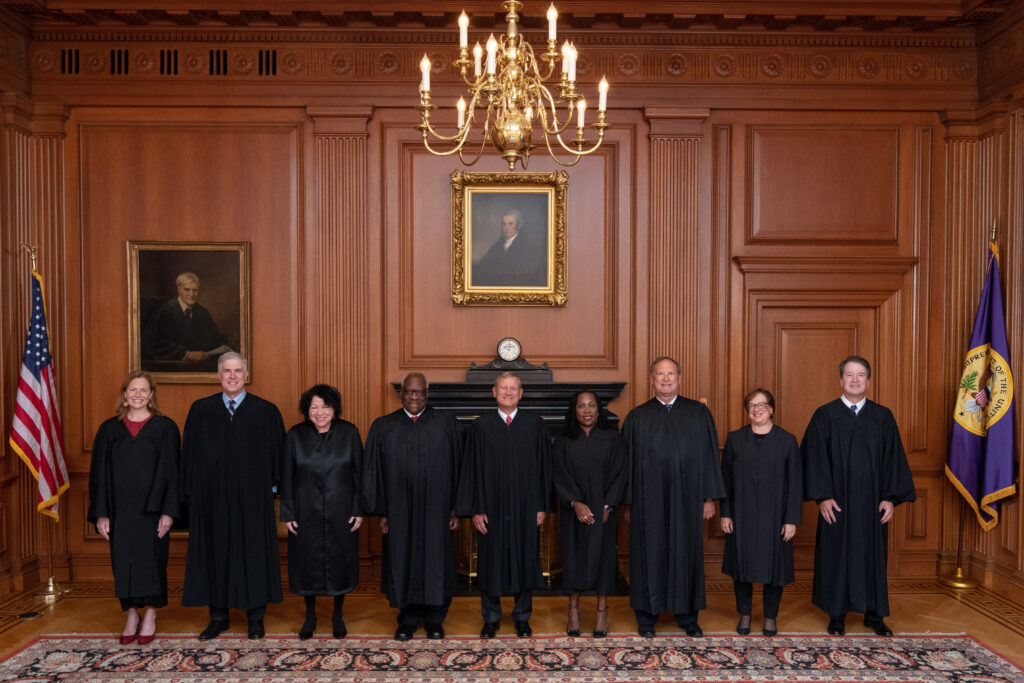
In a highly anticipated decision, the Supreme Court voted 6-3 on June 29 to end race-based college admission policies, sparking a heated debate on the implications for diversity and equal opportunity in higher education. The ruling, which declared the race-based admission policies of Harvard University and the University of North Carolina unconstitutional, is expected to have far-reaching consequences for colleges and universities across the nation.
The majority opinion, joined by five white, conservative justices including Justice Clarence Thomas, emphasized a “colorblind” approach to admissions, asserting that considering race in admissions decisions violated the Constitution. Justice Thomas’ alignment with the majority opinion came as a surprise, breaking the predictable racial division within the Court.
However, Justice Sonia Sotomayor penned a passionate dissenting opinion, criticizing the Court’s decision for perpetuating a “superficial rule of colorblindness.” She argued that a colorblind approach ignores the persistent realities of race and can be detrimental to communities of color. Justice Sotomayor’s dissent highlighted the potential negative impact of the ruling on diversity efforts and equal representation in higher education.
The Supreme Court’s ruling has ignited a nationwide discussion on the merits of race-based affirmative action policies. Supporters of such policies argue that they are necessary to address historical inequities and promote diversity, while opponents contend that they unfairly discriminate against certain racial groups and should be replaced with race-neutral alternatives.
The decision will undoubtedly have significant implications for public and private colleges and universities across the country. Many institutions have implemented race-conscious admission policies to increase diversity and ensure a fair representation of underrepresented groups on campus. With the Supreme Court’s ruling, these institutions may be compelled to revisit their admission practices and explore alternative approaches to achieving diversity.
The controversy surrounding the Court’s decision is expected to continue in the coming months as affected colleges and universities grapple with the aftermath and evaluate their admission processes. Advocacy groups on both sides of the debate are gearing up for potential legal challenges and legislative action, underscoring the profound impact this ruling may have on the future of higher education in the United States.